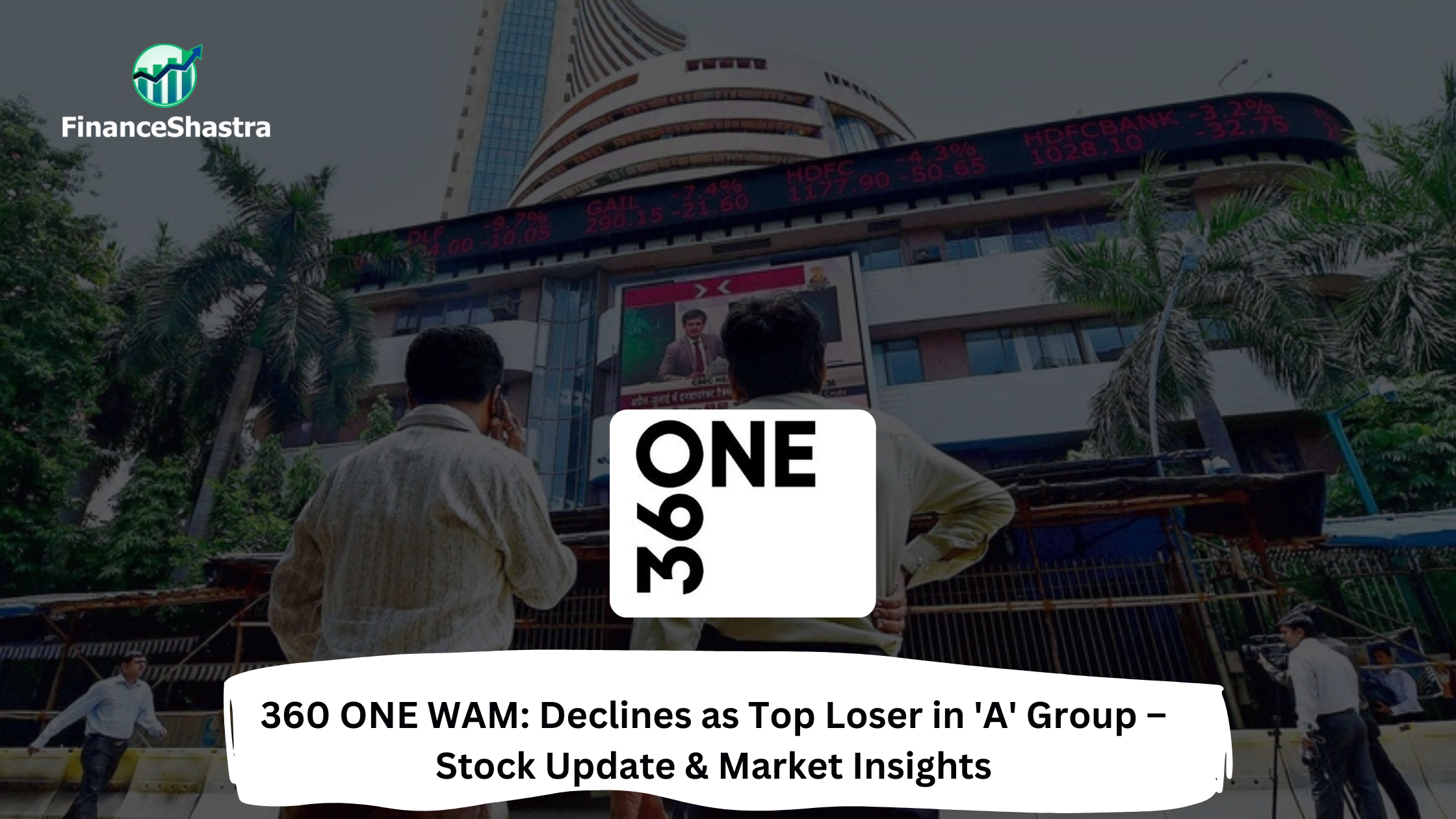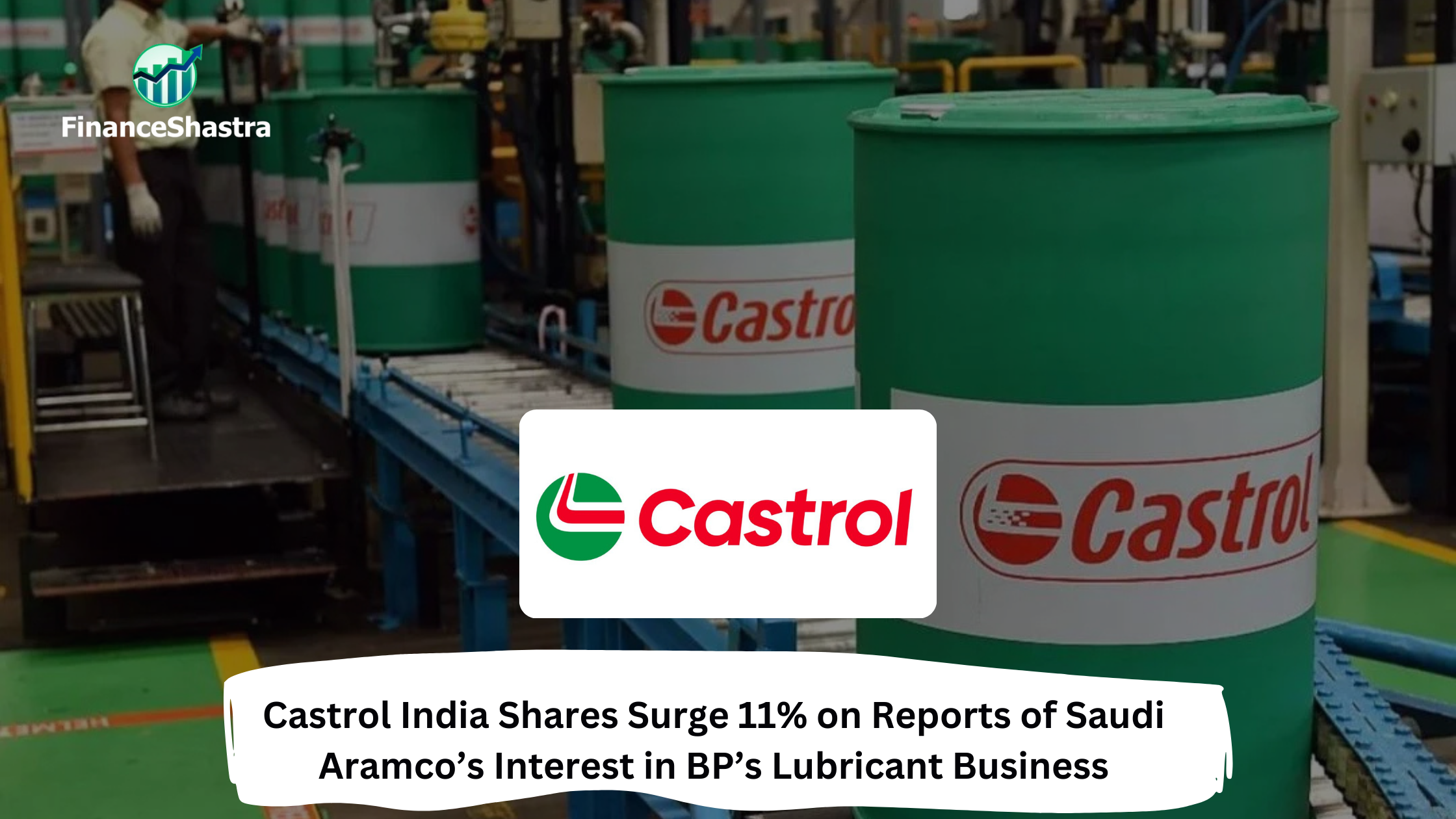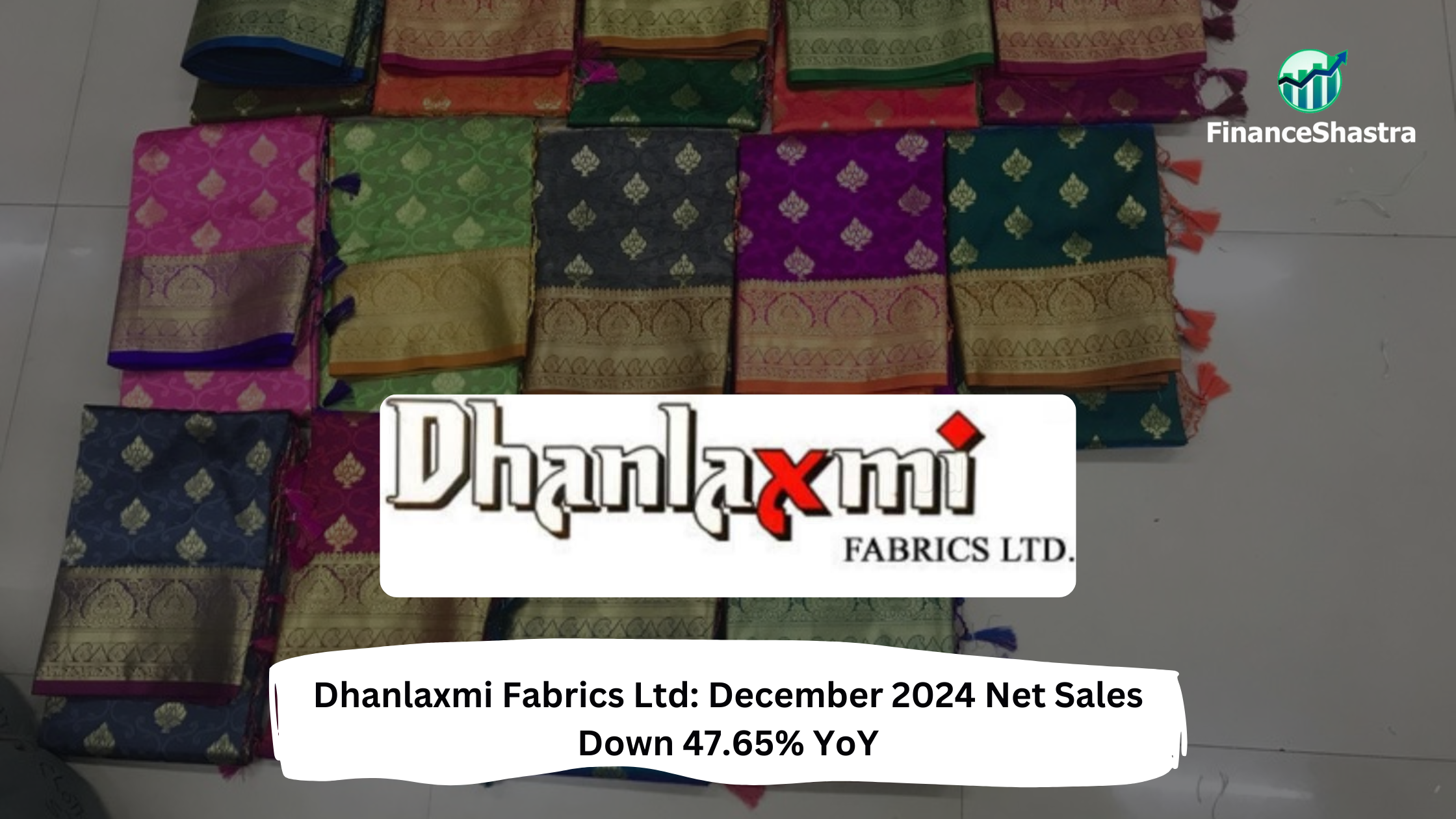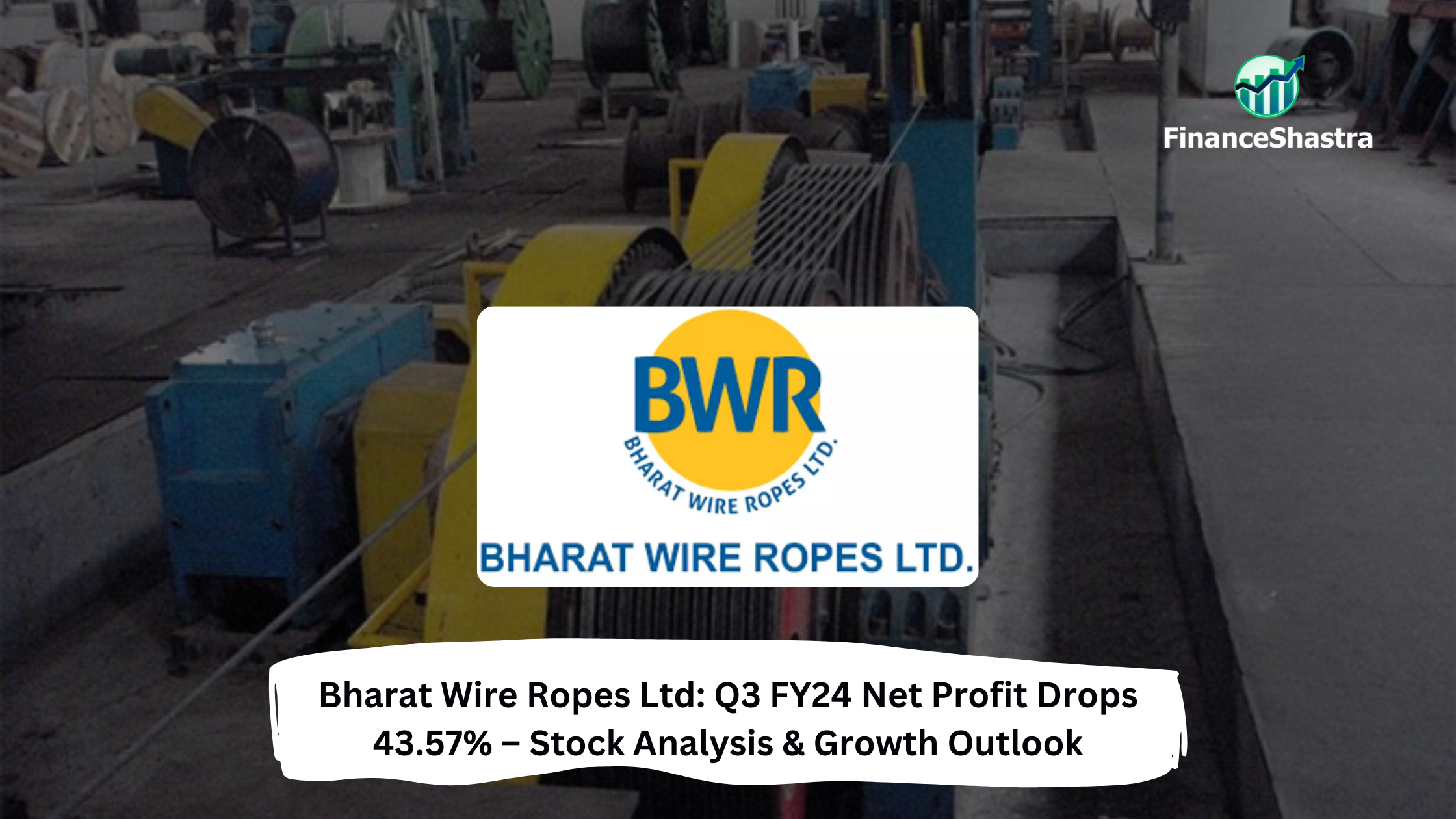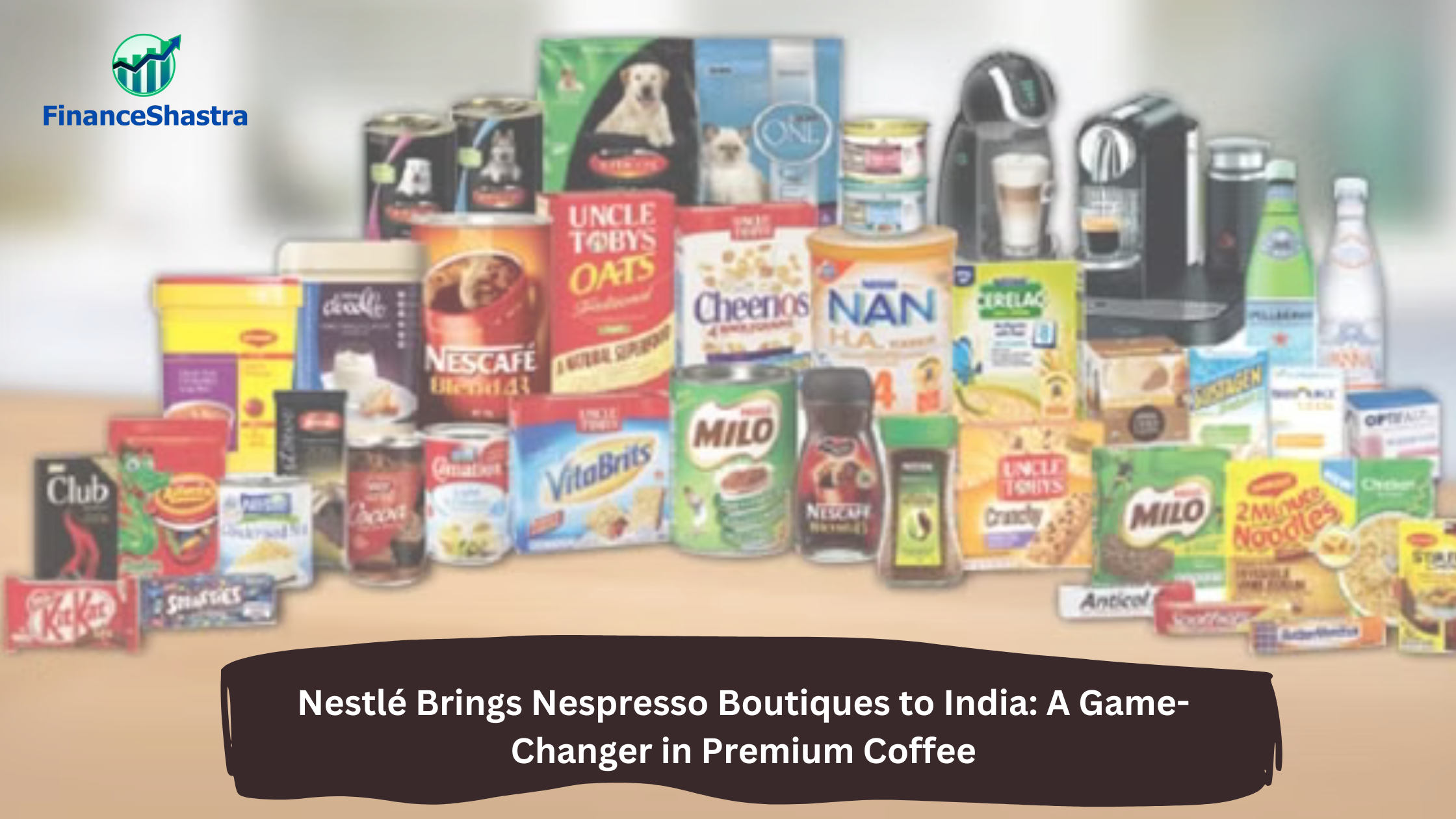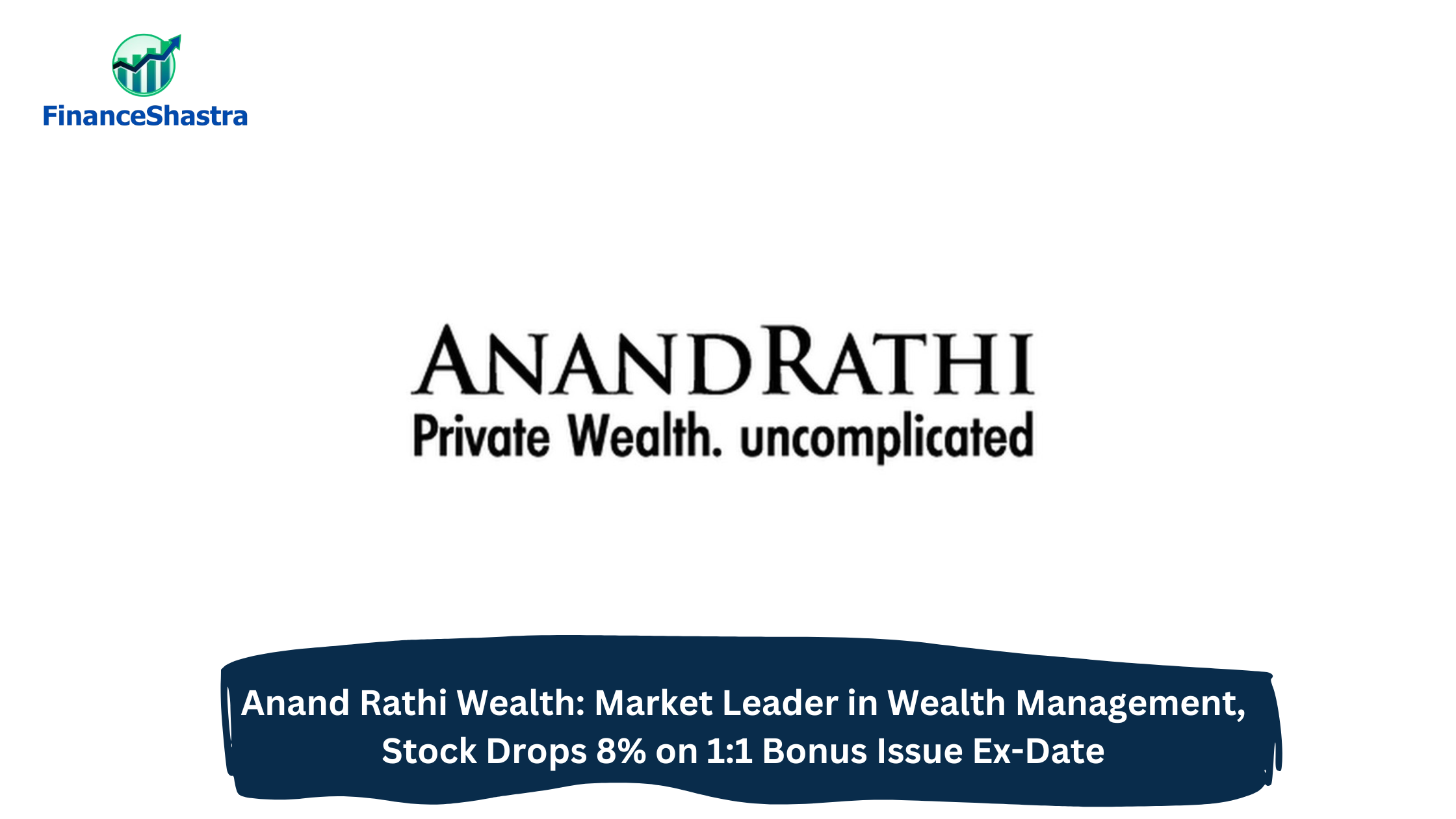360 ONE WAM: Declines as Top Loser in ‘A’ Group – Stock Update & Market Insights
Business and Industry Overview:
360 ONE WAM Ltd was earlier called IIFL Wealth Management. It is a leading wealth and asset management company in India. It helps rich individuals, families, and businesses manage their money. The company provides investment advice and portfolio management. It also offers estate planning and alternative investment funds (AIFs). Clients get help with tax planning and succession planning. It serves both Indian and international clients. The company manages a large amount of money. It has grown steadily over the years. It is listed on the stock exchange. It competes with top wealth management firms in India. The company has strong financial performance. It aims to provide the best investment solutions.
The wealth management industry in India is growing fast. More rich people need help managing their money. This industry helps them invest, save on taxes, and plan their future. India’s economy is getting stronger, and more people are looking for better ways to grow their money. Many now invest in stocks, mutual funds, and other financial products instead of just keeping money in banks or buying gold.
In the past few years, the total money managed by wealth firms has been growing by 15-20% each year. Experts believe it could reach $1.8 trillion in the next 4-5 years. This means the industry will keep growing at 13-14% per year. People are now choosing new types of investments. They are moving away from fixed deposits, gold, and real estate. Instead, they are putting money into alternative investment funds (AIFs), real estate investment trusts (REITs), infrastructure investment trusts (INVITs), private equity, and even cryptocurrencies.
These new investments can give higher returns. But they also come with risks. More people are willing to take these risks to make better profits. Wealth management companies that understand this trend will grow quickly. The future of this industry looks bright.
Latest Stock News:
360 ONE WAM Ltd’s share price fell 8% in intraday trade, reaching ₹893.85. The company launched a Silver ETF, allowing investors to invest in silver. The New Fund Offer (NFO) is open from March 10 to March 20, 2025. Trading will start again on March 28, 2025. The ETF follows silver prices, which increased 12% in 2025 and 21% in 2024. The minimum investment is ₹1,000. There is no exit load. The fund will invest 95% in silver and silver-related instruments. The remaining 5% may go into debt or money market securities. Rahul Khetawat is the fund manager. The company’s December quarter profit grew 42% YoY to ₹275 crore. Revenue increased 45% to ₹678 crore. The AUM dropped slightly due to stock market changes and redemptions in private equity funds. The company bought Batlivala & Karani Securities India for ₹1,884 crore. This is a well-known brokerage firm. It serves foreign and domestic financial institutions. It has over 300 professionals. At 9:30 AM, the stock traded at ₹997.05, down 7.4% from the last session.
Potentials:
360 ONE WAM Ltd wants to grow bigger in the future. It plans to launch more investment products like mutual funds and ETFs. It recently introduced the 360 ONE Silver ETF, which helps investors invest in silver. The company is also expanding by buying other businesses. It bought Batlivala & Karani Securities India for ₹1,884 crore to strengthen its broking and financial services. It may buy more companies to grow faster. The firm is also focusing on technology to improve its services. It may invest in digital platforms to make investing easier. It is also looking at global markets to attract investors from other countries. India’s wealth management industry is growing fast as more people prefer modern investments over gold and real estate. The company wants to increase its assets under management (AUM) by attracting more investors. All these steps will help 360 ONE WAM become a stronger financial company in the coming years.
Analyst Insights:
- Market capitalisation: ₹ 35,260 Cr.
- Current Price:₹ 898
- 52-Week High/Low:₹ 1,318 / 642
- Stock P/E : 32.9
- Dividend Yield: 1.79 %
- Return on Capital Employed (ROCE): 14.5 %
- Return on Equity: 24.5 %
360 ONE (IIFL Wealth) has grown well, with profits rising 29% per year over the last three years. It has a high return on equity (24.5%), showing good use of money. The company also pays high dividends (177%), which is good for investors looking for regular income. But the stock is expensive, with a P/E ratio of 32.9 and a P/B ratio of 9.14. Promoter holding has dropped from 23.14% in 2022 to 14.8% in 2024, and 43.2% of promoter shares are pledged, which raises concerns. Debt has gone up to ₹9,472 crore, and the company is losing cash in operations, which may hurt future growth. The stock is good, but it is costly. Investors can hold or sell some shares and wait to buy at a lower price.

